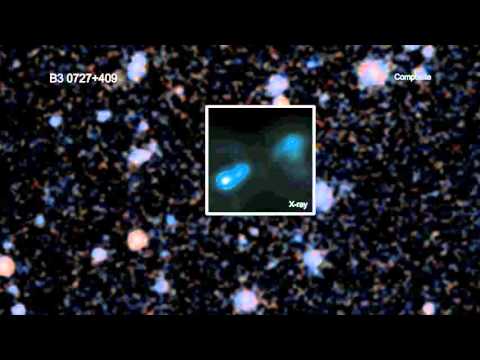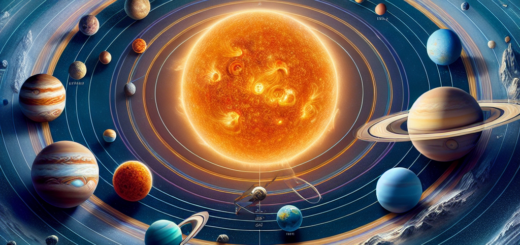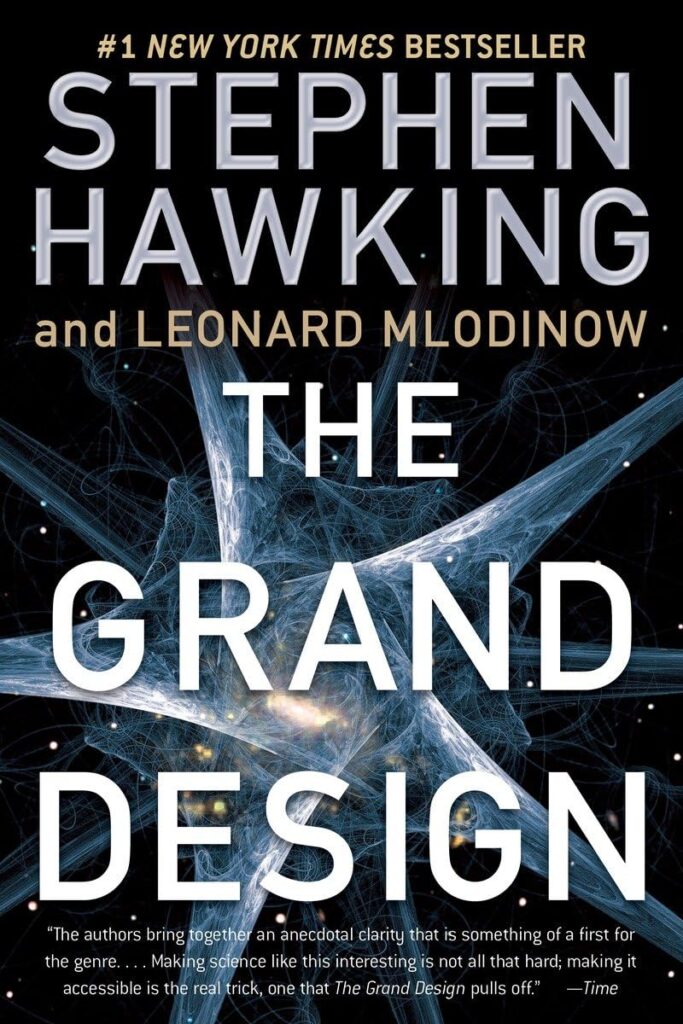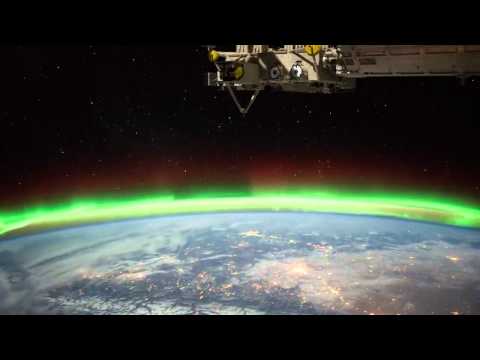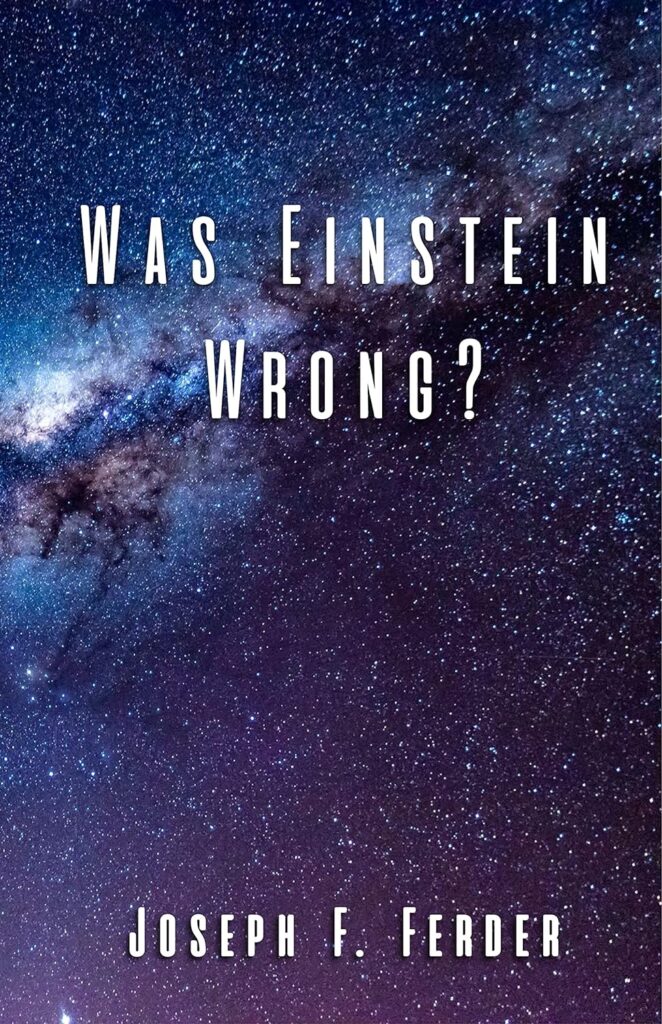From Dark Energy to Inflation: The Science Behind Cosmic Expansion
The universe is a vast and mysterious place, filled with countless galaxies, stars, and cosmic phenomena. One of the most intriguing aspects of the universe is its expansion, a process that has been studied and debated by scientists for centuries. From dark energy to inflation, the science behind cosmic expansion is a fascinating and complex field of study that continues to captivate researchers and astrophysicists around the world.
The concept of cosmic expansion was first proposed by Belgian astronomer Georges Lemaître in the early 20th century. Lemaître’s theory, known as the Big Bang theory, posited that the universe began as a singularity – a point of infinite density and temperature – and has been expanding ever since. This idea was later supported by the discovery of the cosmic microwave background radiation, a remnant of the early universe that provides evidence for the Big Bang.
But what exactly is driving this expansion? One of the leading theories is the concept of dark energy, a mysterious force that permeates the universe and is thought to be responsible for the accelerated expansion of the cosmos. Dark energy is believed to make up about 70% of the total energy content of the universe, yet its exact nature remains unknown. Some scientists speculate that dark energy may be a form of vacuum energy or a property of space itself, while others believe it could be linked to a new fundamental force of nature.
Another key concept in the study of cosmic expansion is inflation, a period of rapid expansion that occurred in the early universe just moments after the Big Bang. Inflation is thought to have been driven by a hypothetical field known as the inflaton, which caused the universe to expand exponentially in a fraction of a second. This rapid expansion is believed to have smoothed out the distribution of matter and energy in the universe, explaining the uniformity and large-scale structure we observe today.
Recent observations of distant galaxies and cosmic microwave background radiation have provided further evidence for cosmic expansion and the role of dark energy and inflation. By studying the redshift of light from distant galaxies, astronomers have measured the rate at which the universe is expanding, known as the Hubble constant. These measurements have shown that the expansion of the universe is accelerating, consistent with the presence of dark energy.
In conclusion, the study of cosmic expansion from dark energy to inflation is a complex and evolving field of research that continues to push the boundaries of our understanding of the universe. By exploring the nature of dark energy, the mechanisms of inflation, and the implications of cosmic expansion, scientists are gaining new insights into the origins and evolution of the cosmos. As we continue to unravel the mysteries of the universe, the science behind cosmic expansion will undoubtedly remain a central focus of astrophysical research for years to come.

